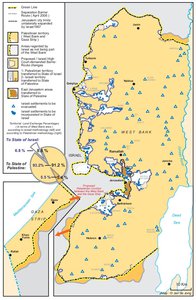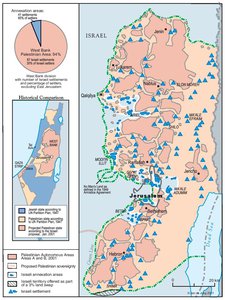TABA TALKS PROJECTION, JANUARY 2001
Map Details
Though Barak had been granted an extraordinary US endorsement of his position at Camp David, and together the US and Israel had succeeded in pinning blame for the talks’ failure on Arafat, the Prime Minister remained keen for a last minute breakthrough. Outnumbered in the Knesset and rejected by a growing majority of the Israeli public, Barak looked everywhere for support. With bilateral talks ongoing (secretly and formally), he unveiled plans for a ‘secular revolution’ in August, hoping to woo leftist parties, while only days later announcing his plan to form a partnership with the Sharon-led Likud. Nothing materialized from these schemes however, and when Sharon’s rival Netanyahu was cleared of corruption charges in late September the primary political struggle switched from that pitching Barak against the Knesset to a Likud leadership wrangle, with the victor set to oust the Labor Prime Minister after the Knesset summer recess. Sharon reacted to Netanyahu’s resurrected political status by arranging a trip to Al-Haram Ash-Sharif, in a move aimed at underscoring his standing as leader of the Israeli majority opposed to Palestinian rights in or around East Jerusalem. The Islamic Waqf and the PA pleaded with the US to intervene and with Barak to halt the political provocation, but to no avail. On 28 September, Sharon entered the compound protected by some 1,000 riot police and soldiers. The Palestinian demonstrations all parties had anticipated were crushed with brutal force, sparking riots across the OPT. The next day, after Friday prayers, Israeli forces stormed the compound, killing four and injuring 220. In the three days following Sharon’s visit over 30 Palestinians were killed and the ‘Al-Aqsa’ Intifada was born. Barak gave the army instructions to ‘initiate’ attacks on Palestinian leaders (targeted killings or assassinations) and to escalate its responses to demonstrations on 29 October, a day before the Knesset reconvened. This was part of a deal whereby his opponents granted him a one-month political ‘safety net,’ promising to block motions to dissolve the Knesset, and was followed instantly with Israel's first air strikes on PA targets. US, regional and EU concern brought the sides together at Sharm Esh-Sheikh in mid- October, but produced merely a lull in spiraling violence. At these talks the Mitchell Committee of Inquiry into the causes of violence was mandated, but on 21 November, with even the US accusing Israel of “excessive use of force,” Barak delayed cooperation, claiming, “the timing is wrong.” When Barak’s onemonth Knesset reprieve ended on 28 November, he lost five no-confidence motions and called elections. Then, on 10 December, he resigned as Prime Minister, reducing elections to a prime-ministerial run-off with Sharon while leaving the Knesset intact and preventing non-MK (therefore ineligible) Netanyahu from competing. In late December, Clinton summoned PA and Israeli negotiators to the US, where he presented them with his ‘parameters’ for a final status agreement. These were based on Israel’s position at Camp David, reducing annexation from 10-13% to 4-6%, while remaining vague on Jerusalem and adopting Israel’s refusal to accept refugees. Both teams eventually accepted the terms as a basis for new talks and met in Taba from 21-27 January 2001 for an intensive summit. The Taba talks, conducted against the backdrop of the ongoing Intifada by an outgoing and unpopular Prime Minister and a PA anticipating the arrival of a militarist pro-settler government, failed to bring about a deal. Even had they done so, Barak had lost the Cabinet, Knesset and public support needed to secure it. In essence, Israel’s new ‘best offer’ was defined by the maximum (6%) annexation afforded within the ‘Clinton Parameters.’ Dropping its Camp David demand for interim Jordan Rift and Hebron corridors, and reducing the extent of annexation blocs, Israel drew up a map entailing the evacuation of some 90 settlements. Most were to remain however and, despite new formulas, East Jerusalem was still to be annexed, expanded and cut out of the Palestinian state. The ‘land-swaps’ broached at Camp David were developed, with Israel offering unpopulated Negev areas adjacent to Gaza and south of the West Bank as ‘compensation’ for its (larger) acquisitions. With no comprehensive agreement immediately within reach, talks ended with both sides citing progress and expressing a desire to develop the Taba ideas following Israeli elections. On 6 February 2001, having announced his own vision of a Palestinian state on no more than 42-43% of the West Bank, Ariel Sharon easily defeated Barak, who hurried to rescind his resignation and offer his services to the new Prime Minister. He was brushed aside in this bid by Labor’s Shimon Peres, who joined Sharon as Foreign Minister, but Barak’s rush to wed the victorious hard-liners confirmed the suspicions of those who saw Taba’s improvement on Camp David as motivated solely by domestic political considerations and as such not amounting to a proposal made in good faith.
Related Maps
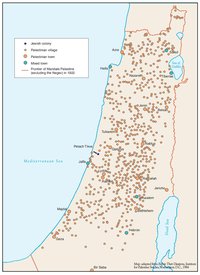
OTTOMAN PALESTINE, 1878
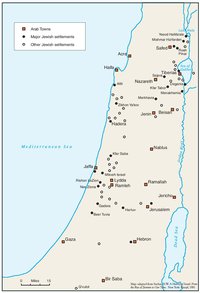
ARAB TOWNS AND JEWISH SETTLEMENTS IN PALESTINE, 1881-1914
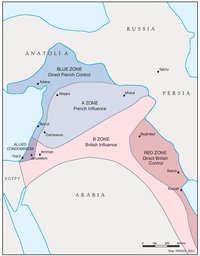
THE SYKES-PICOT AGREEMENT, 1916
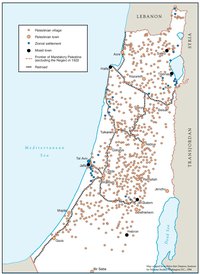
THE BEGINNING OF THE BRITISH MANDATE, 1920
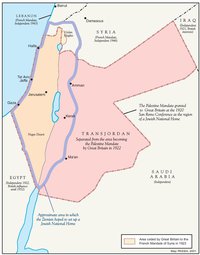
PALESTINE UNDER THE BRITISH MANDATE
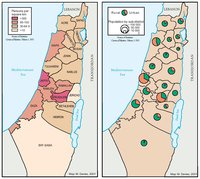
THE DEMOGRAPHY OF PALESTINE, 1931
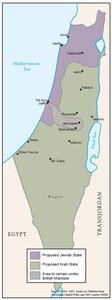
THE PEEL COMMISSION PARTITION PROPOSAL, 1937
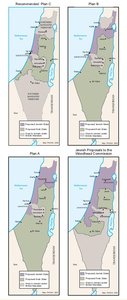
THE WOODHEAD COMMISSION PARTITION PROPOSALS, 1938
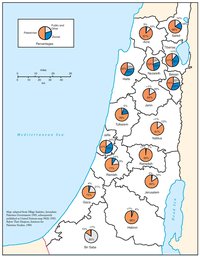
PALESTINIAN AND ZIONIST LANDOWNERSHIP BY SUB-DISTRICT, 1945
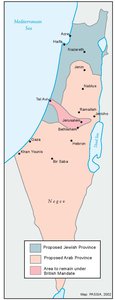
THE MORRISON-GRADY PARTITIONED TRUSTEESHIP PLAN, 1946
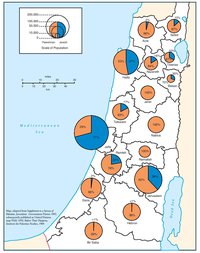
POPULATION OF PALESTINE BY SUB-DISTRICT, 1946
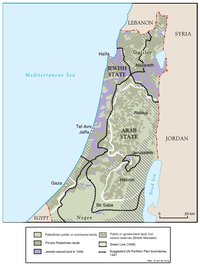
LAND OWNERSHIP IN PALESTINE, 1948
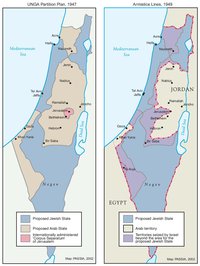
THE UNGA PARTITION PLAN, 1947 – THE 1948 WAR & THE 1949 ARMISTICE LINES
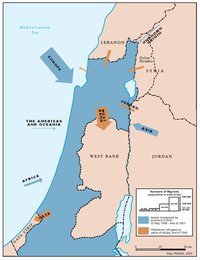
POPULATION MOVEMENTS, 1948-1951
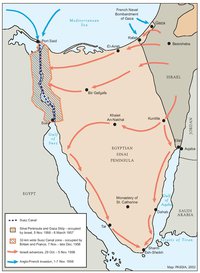
THE SUEZ WAR, 1956
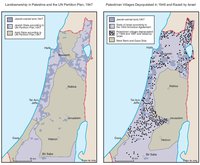
LAND OWNERSHIP IN PALESTINE AND THE UN PARTITION PLAN - PALESTINIAN DEPOPULATED AND DESTROYED VILLAGES, 1948-1949
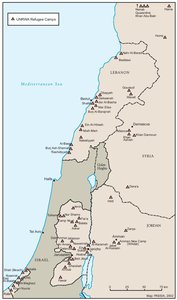
THE PALESTINIAN DIASPORA, 1958
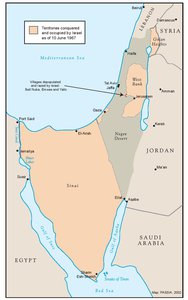
THE NEAR EAST AFTER THE JUNE 1967 WAR
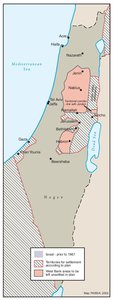
THE ALLON PLAN, JUNE 1967
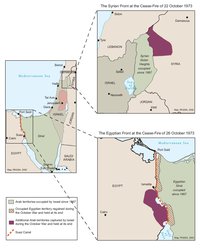
THE OCTOBER WAR, 1973
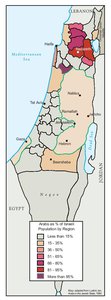
THE PALESTINIANS INSIDE ISRAEL, 1977
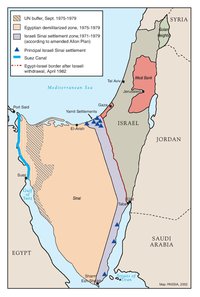
THE CAMP DAVID ACCORDS, 1978-1979
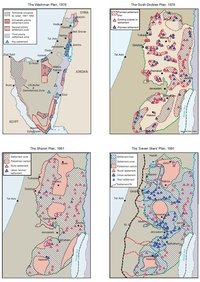
ISRAELI SETTLEMENT MASTER PLANS, 1976-1991
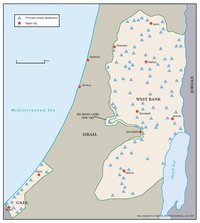
THE 1991 MADRID PEACE CONFERENCE & ISRAELI SETTLEMENTS
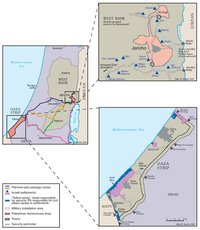
GAZA-JERICHO (OSLO I) AGREEMENT, CAIRO, 4 MAY 1994
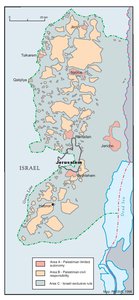
INTERIM (OSLO II) AGREEMENT, TABA, 28 SEPTEMBER 1995
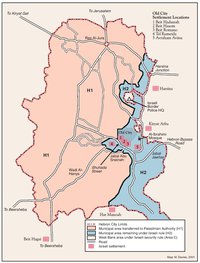
HEBRON PROTOCOL, 15 JANUARY 1997
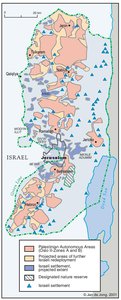
WYE RIVER MEMORANDUM, 23 OCTOBER 1998
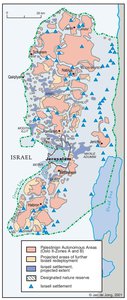
SHARM ESH-SHEIKH AGREEMENT, 4 SEPTEMBER 1999
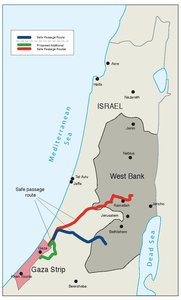
PROTOCOL CONCERNING SAFE PASSAGE BETWEEN THE WEST BANK AND THE GAZA STRIP, 5 OCTOBER 1999
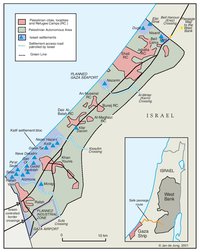
GAZA, 2000
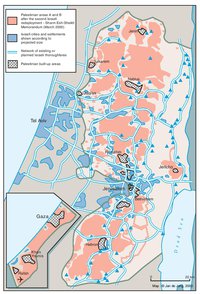
WEST BANK AND GAZA STRIP, MARCH 2000
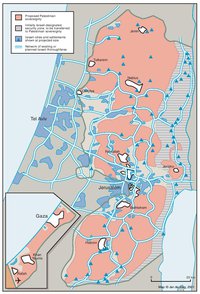
CAMP DAVID PROJECTION, JULY 2000
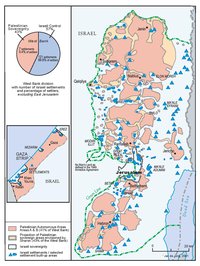
THE SHARON PROPOSAL, SPRING 2001
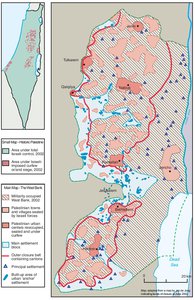
THE REINVASION OF THE PALESTINIAN TERRITORIES, 2001-2002
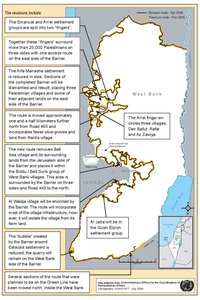
THE ROAD MAP, 2003
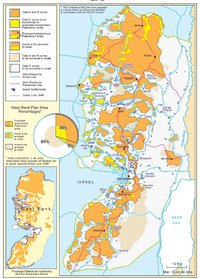
THE GENEVA INITIATIVE AND ACCORD, 2003
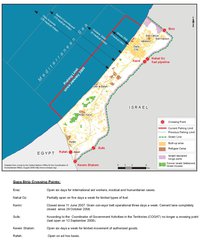
THE ISRAELI DISENGAGEMENT PLAN, 2003-2005
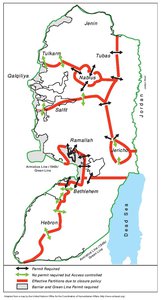
AGREED DOCUMENTS ON MOVEMENT AND ACCESS FROM AND TO GAZA, 2005
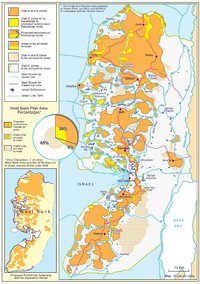
THE SETTLERS' PLAN FOR PALESTINIAN AUTONOMY, 2006
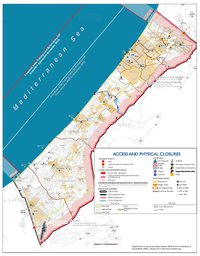
THE GAZA STRIP TODAY (2014)
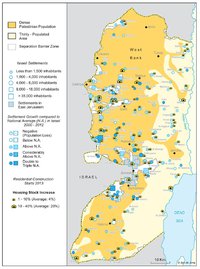
THE WEST BANK TODAY (2014)
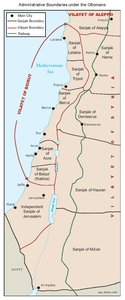
ADMINISTRATIVE BOUNDARIES
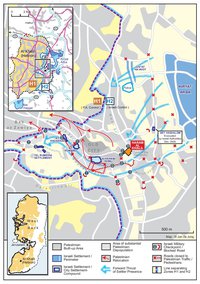
HEBRON
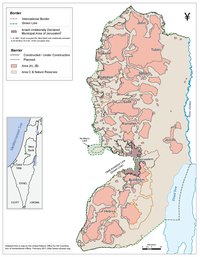
Area C
